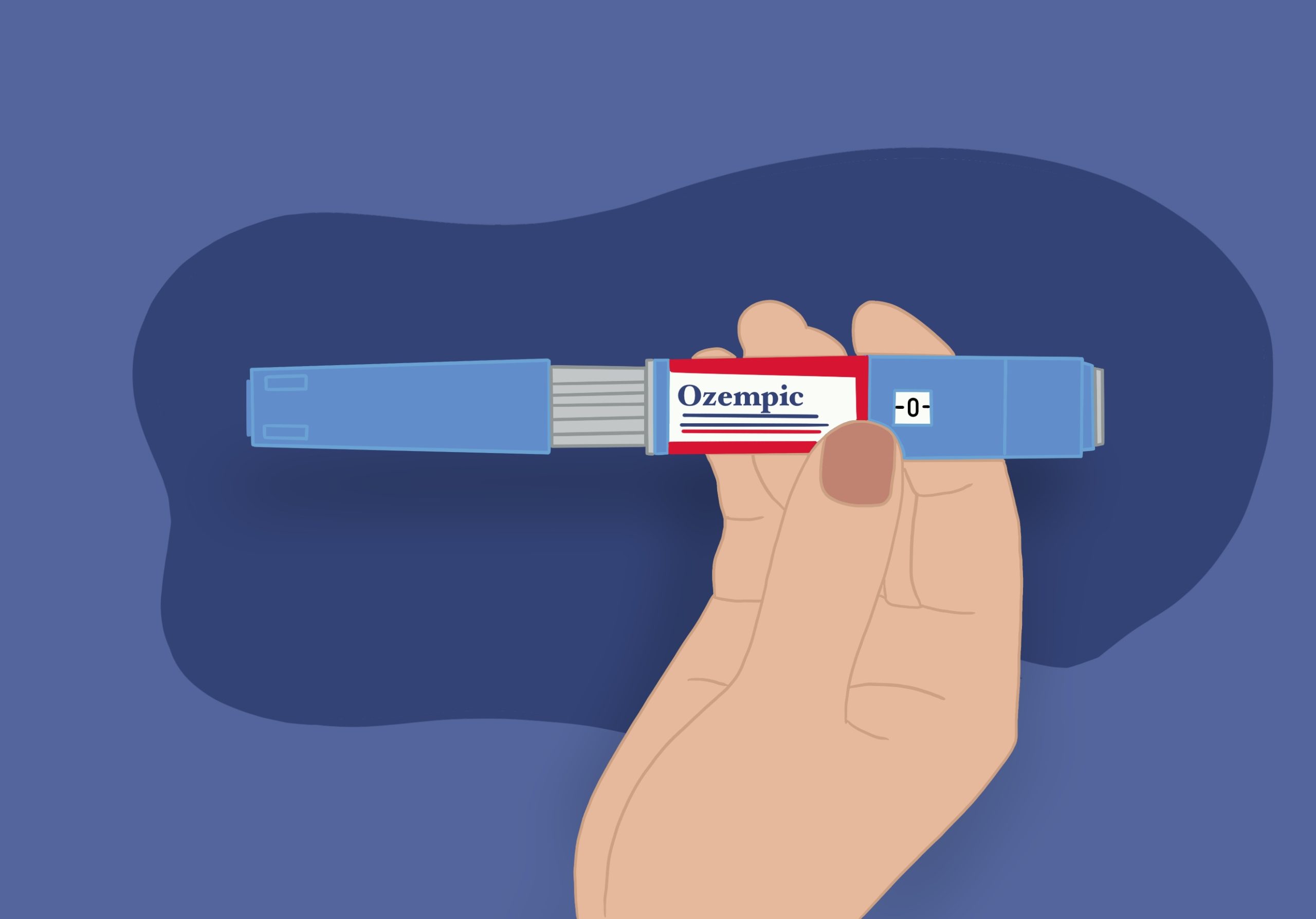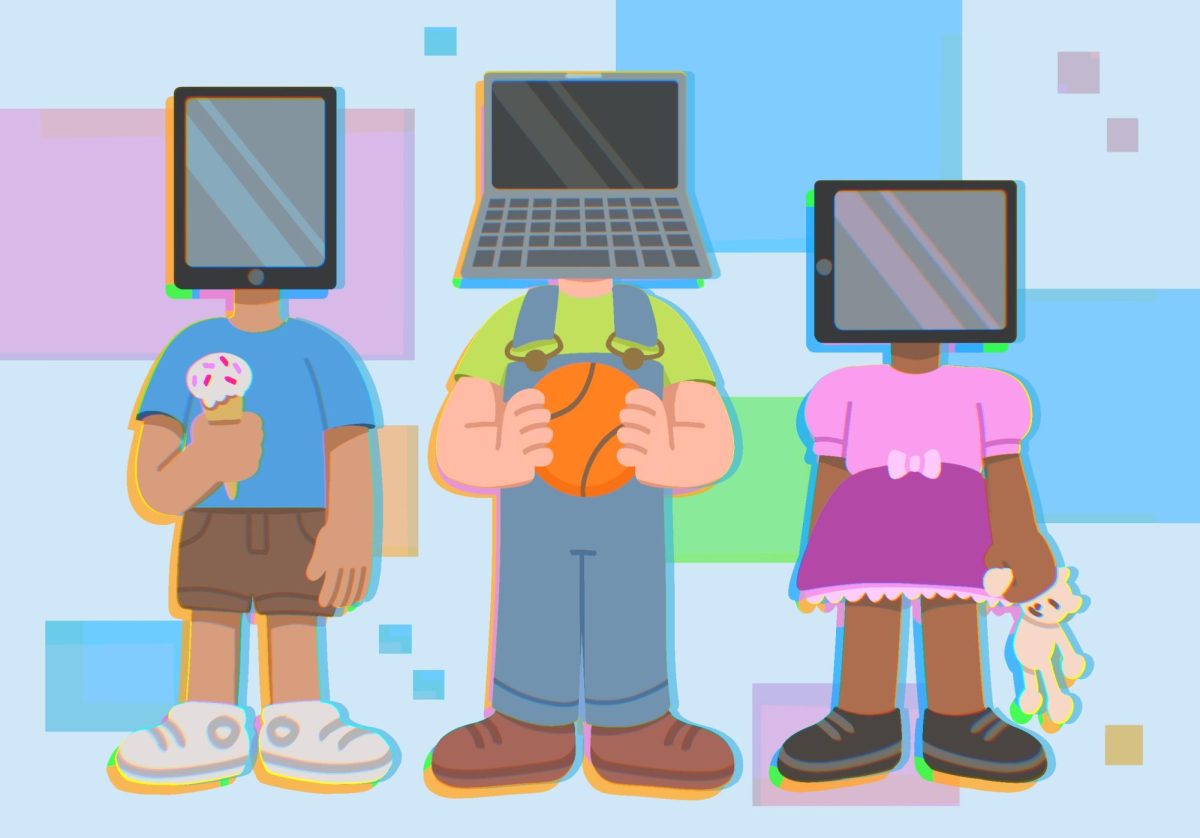We have all witnessed, at one time or another, a child whining or screaming their head off in public, causing a scene and disturbing all the innocent people forced to bear the burden. Luckily for all parents and guardians of this day and age, there’s a simple solution: iPads.
For kids today, it has never been easier to aid their urgency to have a constantly stimulated mind. Being handed a screen the size of their heads that can show them anything they want anytime they want makes killing time and boredom effortless. However, it could also be a pretty overwhelming thing for those little guys.
Just look at us. The majority reading this already fell victim to those screens way back when they were barely in use. Now, it feels like social anxiety has taken over and conversational ability is a lost art. As we grew up those screens became our safety nets for navigating the world.
So, with that in mind, should we be worried about this upcoming generation more than we have been for ourselves? Will the younger generation lose their curiosity for the incessant world around them?
In recent years, there has been a shift in classrooms across the nation, specifically in elementary schools. Papers and pencils have had to scoot over and make room in the classroom for the advancing and thriving tablets. With this new addition, how are these devices being used as another mode of school work in elementary schools?
“It definitely varies by grade and varies by classroom as well,” said Anna Alberto, a kindergarten teacher at Eagle Heights Spanish Immersion. “I would say I probably use the least amount of technology in my classroom, and then as the kids get older, they use technology a lot more because a lot of their assignments are on technology.”
This younger generation has not only gotten to grow in a technologically advanced world but also in a technologically advanced classroom — strikingly different from other generations’ experiences.
“When I was growing up there wasn’t any technology until about middle school,” said Reed Graff, a second-year student at the University of Minnesota. “Whenever my little brothers have a question, instead of coming to ask one of us they just look it up. We didn’t have that access.”
Tackling everyday life skills has been simplified thanks to technology, but it’s also raising concerns. With the vigorously developing role technology has in schools today, are the creativity and critical thinking skills among the upcoming generations going out the door with their papers and pencils?
“It’s different creativity,” Alberto said. “For me growing up, I think we showed our creativity in games that we would make up or things we created in the dirt. Just more hands-on things. With iPads these days kids can make a PicCollage and write a whole story and upload pictures. So it’s just really a different way of being creative.”
As much as we try, we cannot always default to negative opinions on technology. It does have its advantages in everyday life as well as in the academic space.
Technology offers another form of collaboration among students. Kids can easily create visualizations of their thoughts or ideas within minutes through the app Seesaw. Students then have the opportunity to show their work to the rest of the class, allowing students to compliment each other’s work, according to Alberto.
Yet, because of the continuing use of technology in the classroom, younger students are beginning to lose necessary life skills such as penmanship.
“There’s pluses and minuses,” Alberto said. “Fine motor skills can get left behind if too much is done on technology. So that’s why I don’t use technology as often as other classes because kids need to learn how to cut and paste and write with a pencil. Those are still skills that are needed, that if we use technology too much, they will go away.”
Technology in schools will always have its ups and downs, but that doesn’t mean students’ futures are doomed. Creativity and critical thinking are skills that are still taught and encouraged within the classroom, but they might look different compared to your experience growing up in elementary school.
“I think if technology continues to increase there will be a lot of noticeable changes,” Graff said. “But what I’ve noticed for my little brothers has been small.”
Kids are adapting their skills to their surroundings. If their surroundings include technology as a big part, they will find a way to make those creativity and critical thinking skills cohesive with it, just as we have. Nevertheless, technology should always be used as a tool. There’s a fine line between using technology and being used by technology.
The most important thing is that kids stay curious about the world around them, and if technology enhances that instinct instead of eliminating it, then I think we can rest assured. However, that does not make it okay to shove an iPad in a kid’s face anytime they start to whine.

















Yve Spengler
Jan 24, 2024 at 7:10 pm
“There’s a fine line between using technology and being used by technology.” What an intelligently phrased concept! Technology makes things easier, meaning there still is room for that learning environment and adaptability you speak of with learners in the classroom! However, letting it take over is a danger we need to continue to be aware of, and as an aspiring teacher, working with technology will be a new challenge for both teachers and students. Well done raising up these arguments!